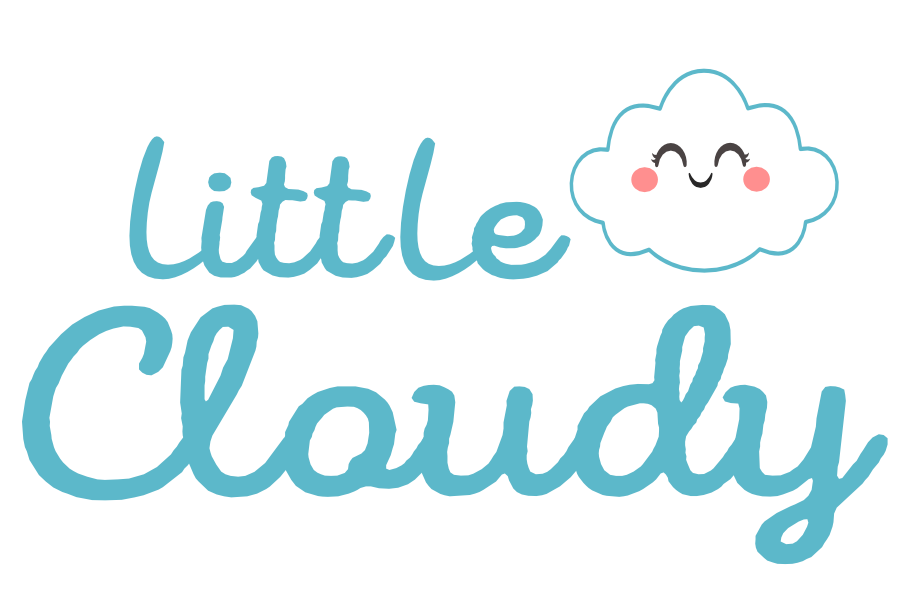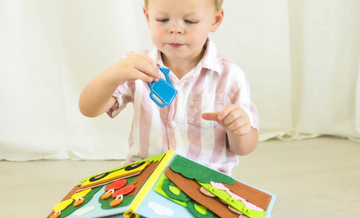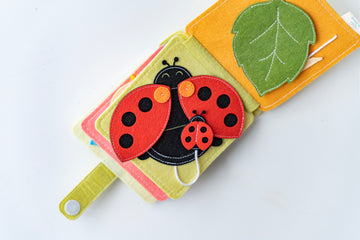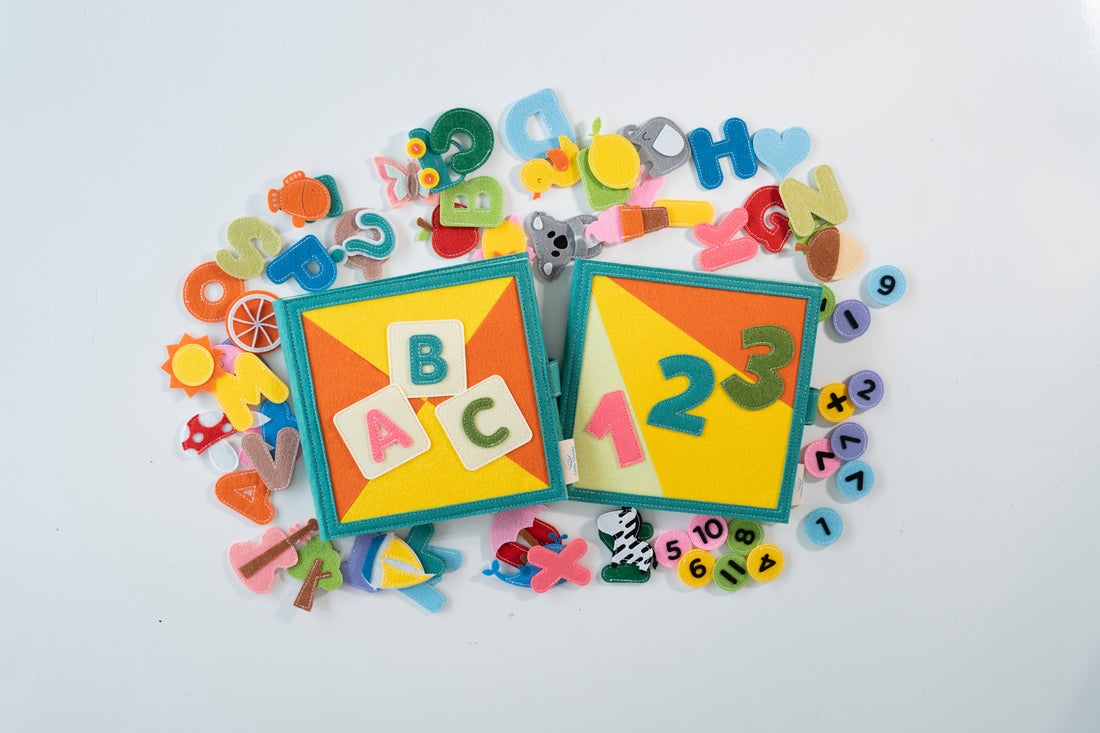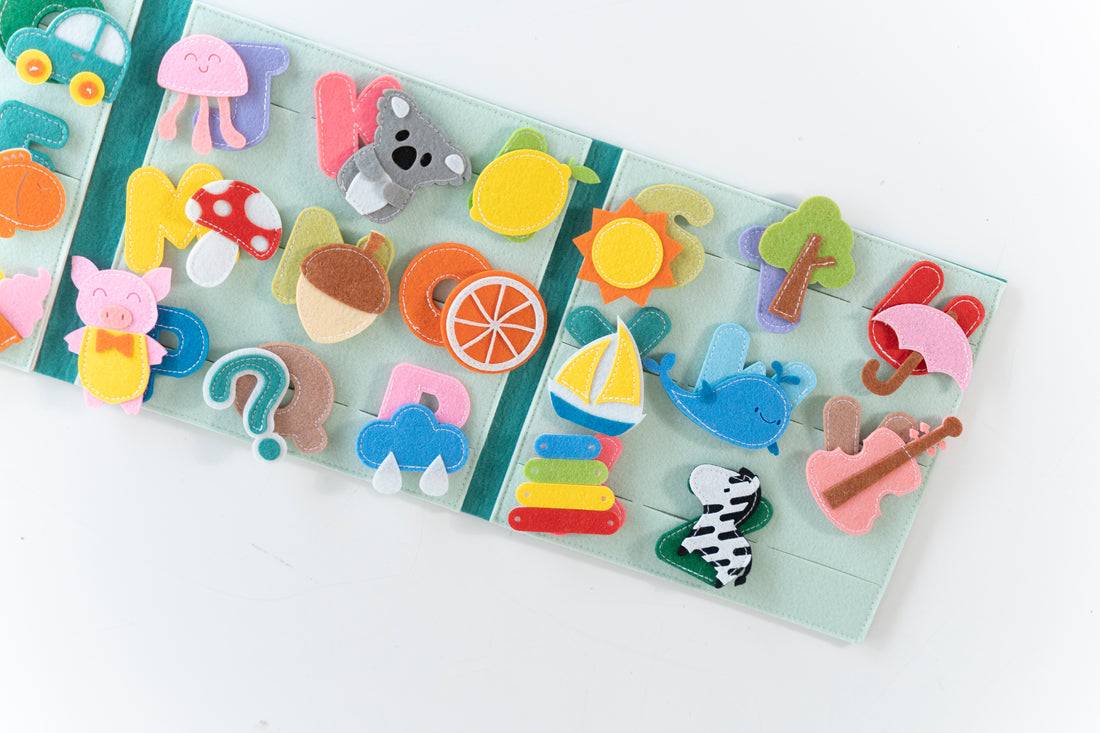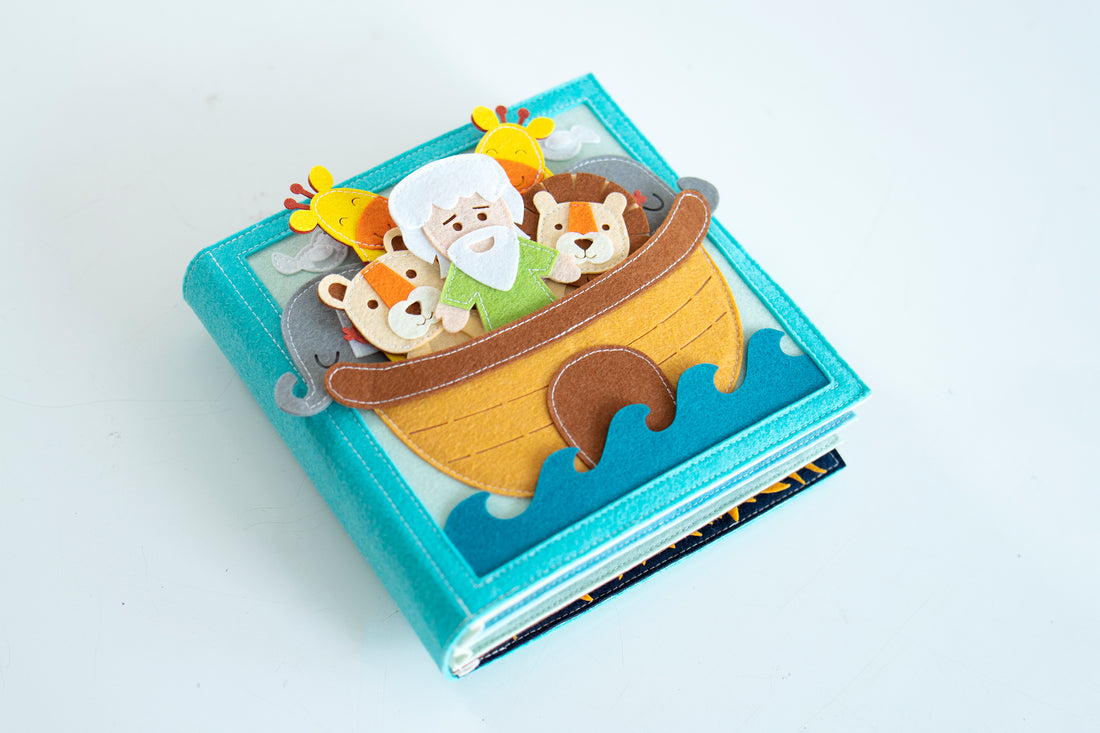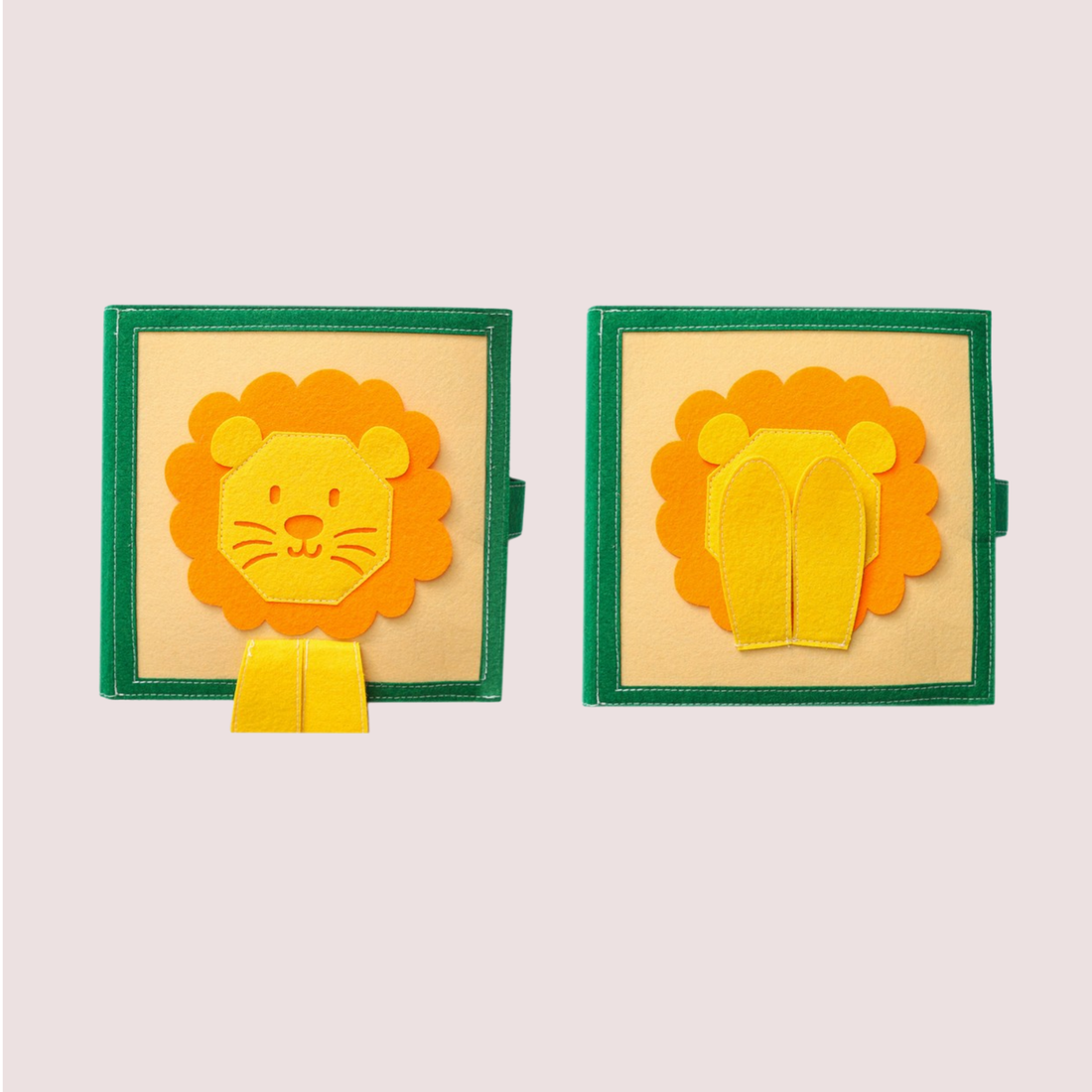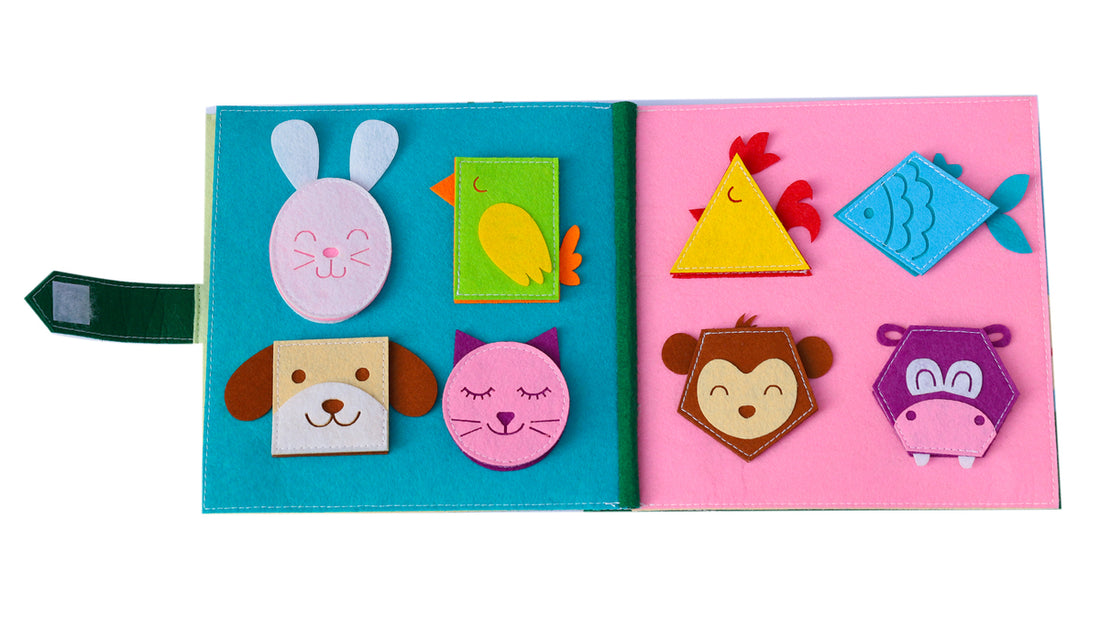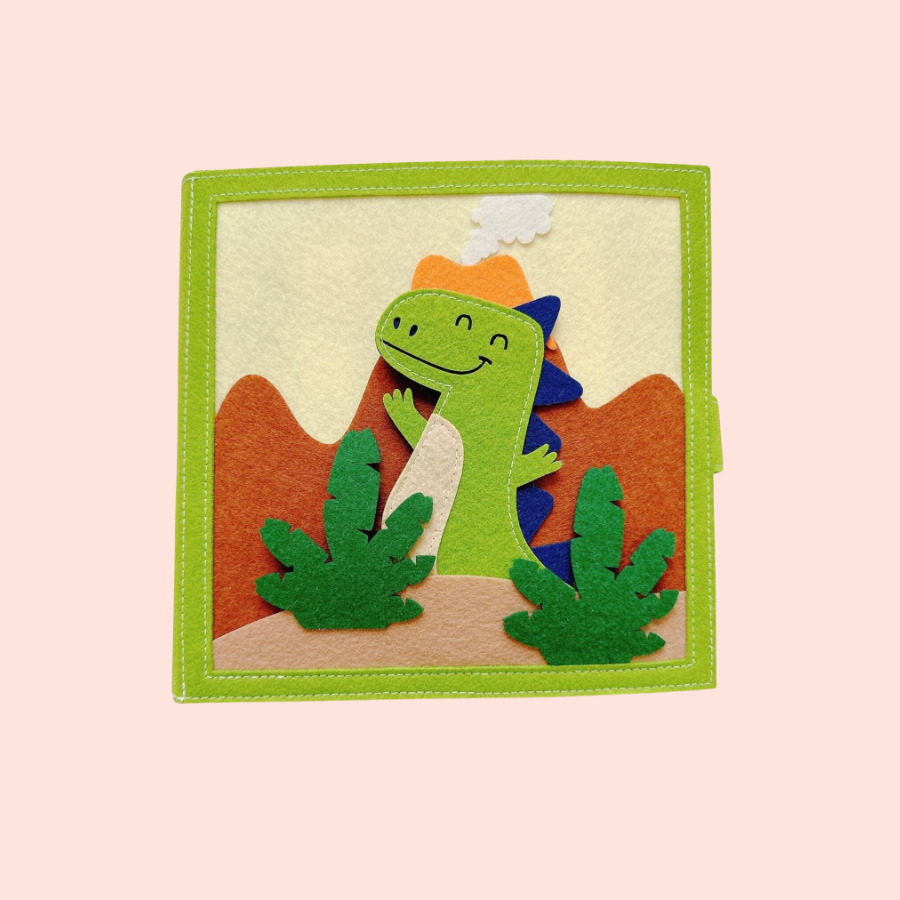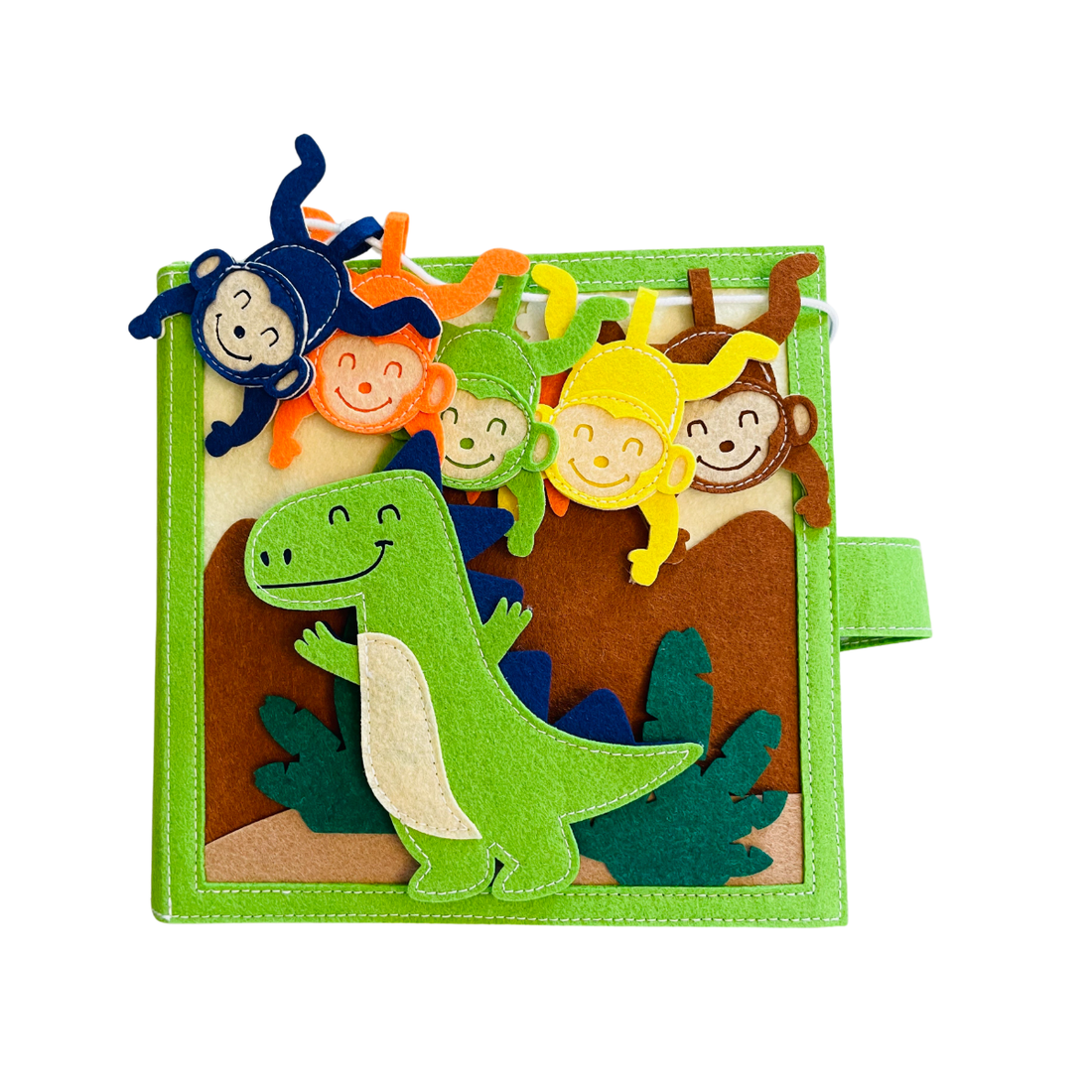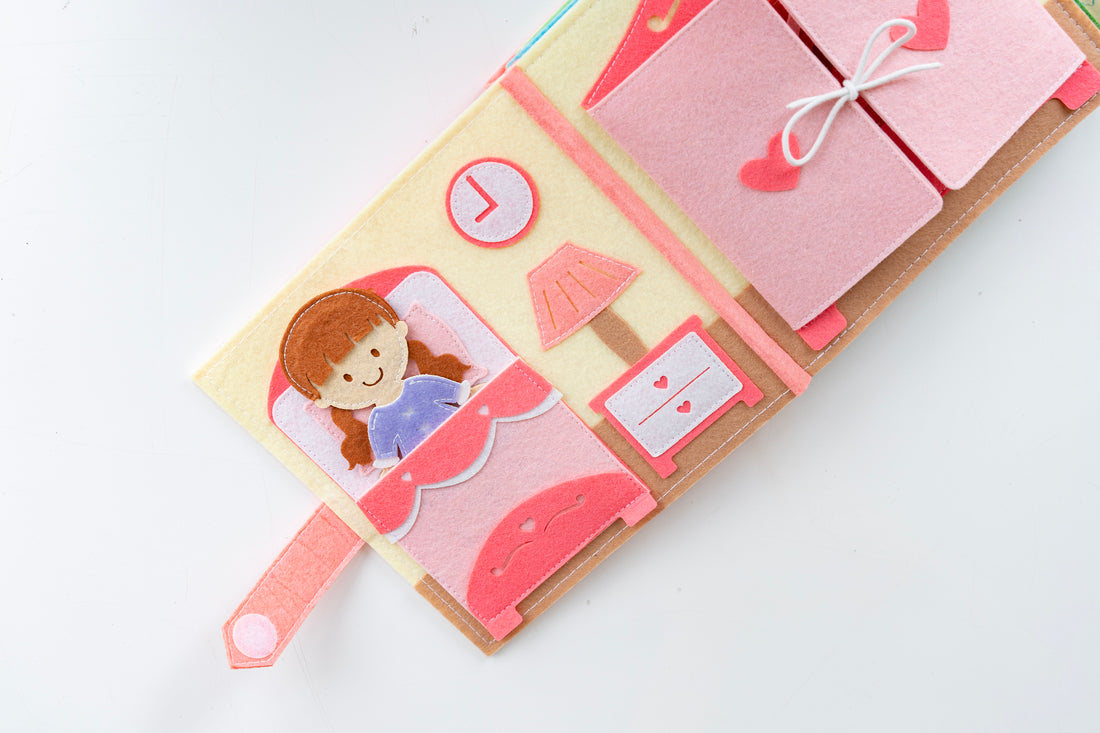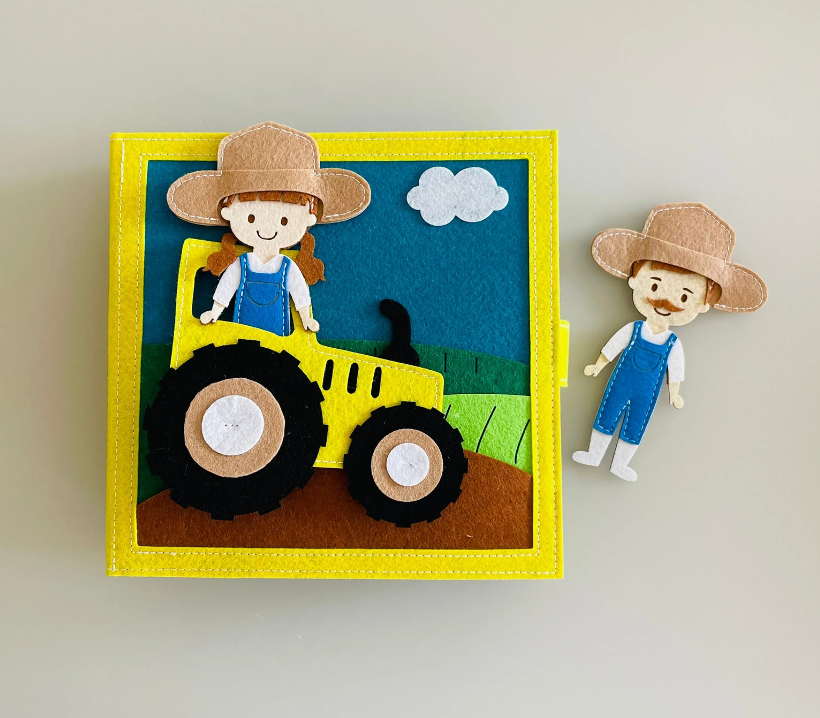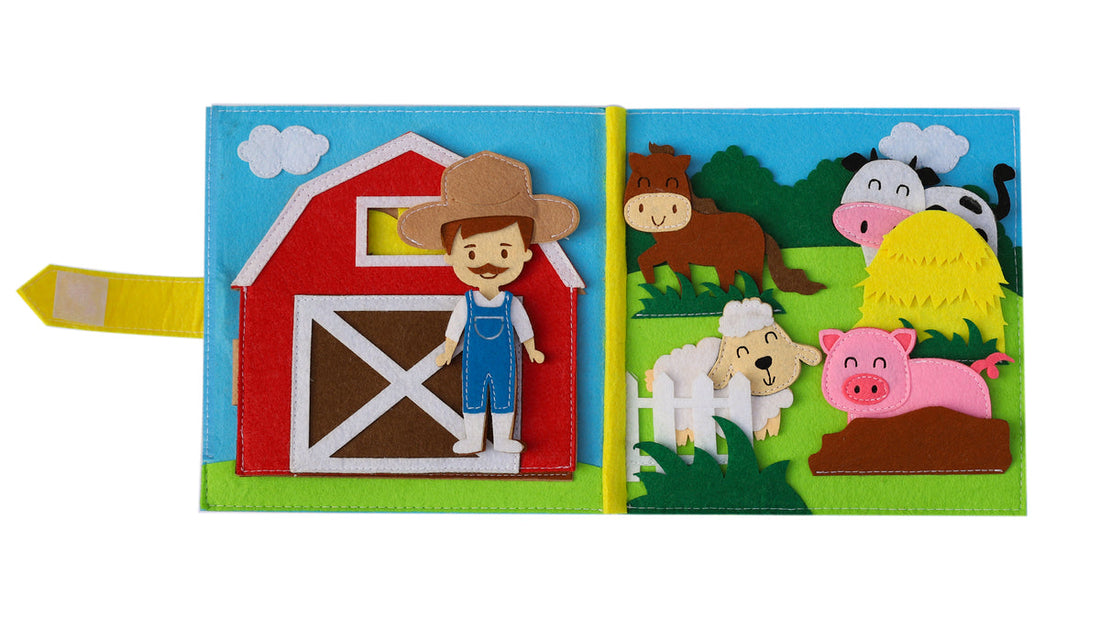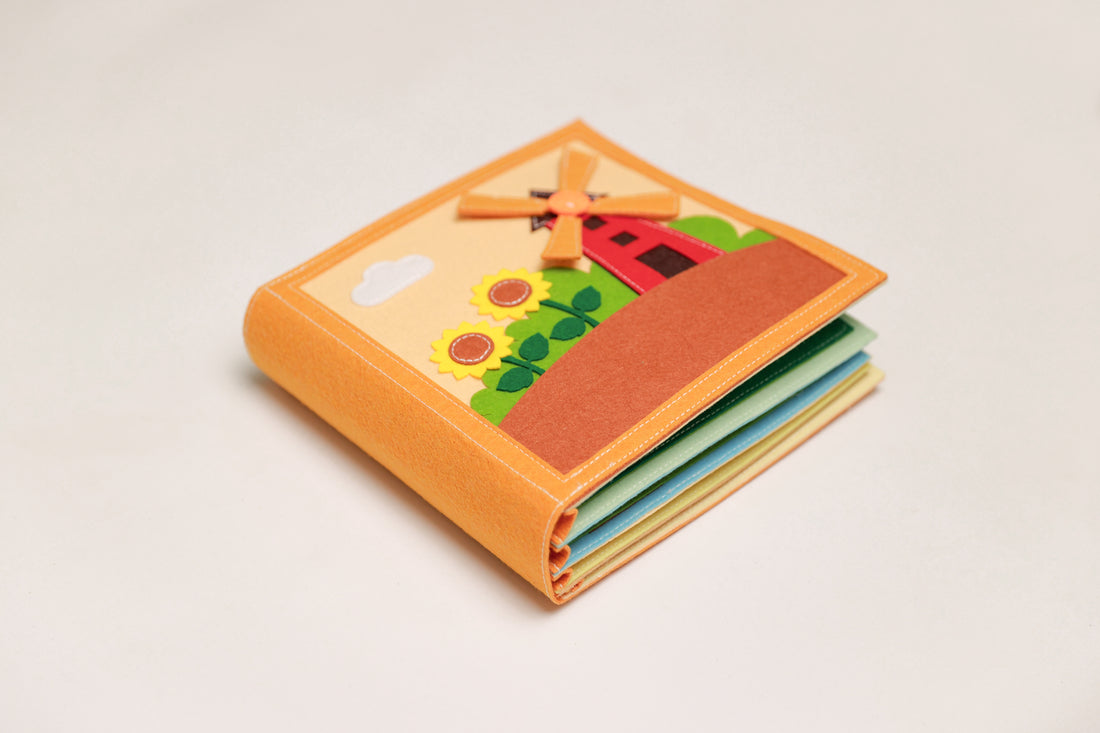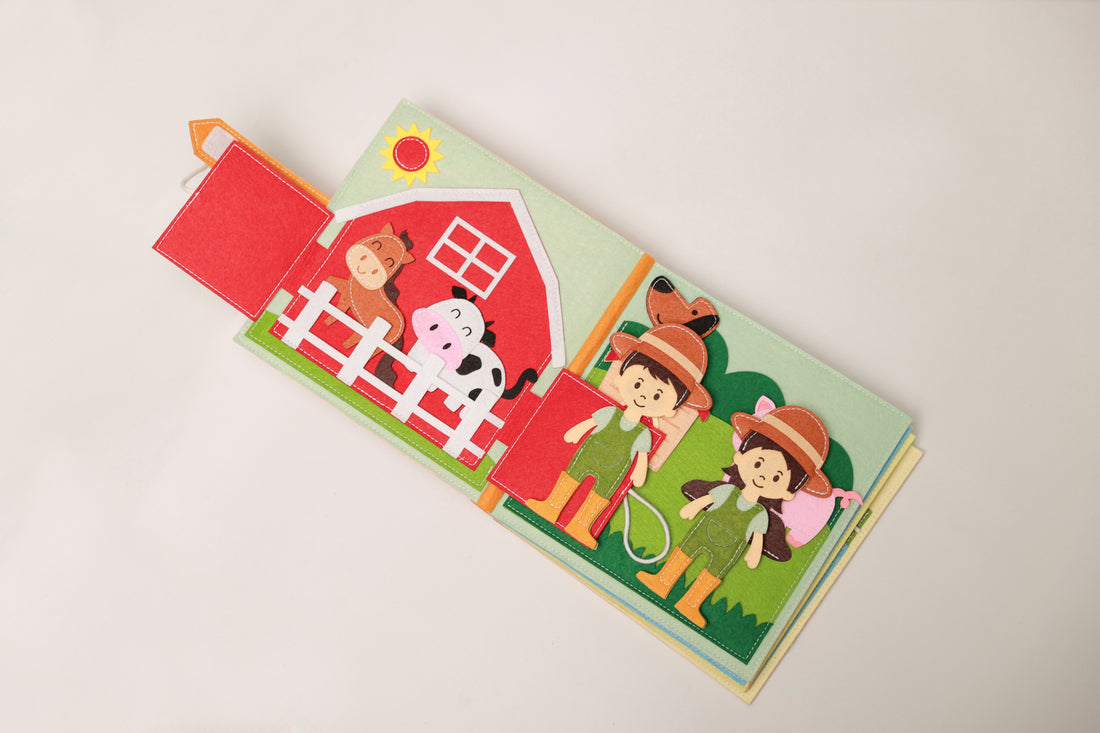We'll dive into what they are, why they're fantastic for your child's development, and how to choose the right one.
So sit back, relax, and let's explore the world of Montessori Busy Books together.
Understanding the Montessori Approach
In understanding the Montessori approach, it's crucial to grasp its founder's central philosophy. Maria Montessori believed in fostering a child's natural desire to learn. She viewed children as eager learners and saw education as a process that should be driven by this innate curiosity.
You're in the driver's seat when it comes to your child's education and this approach allows you to steer their learning journey. The Montessori approach isn't just about academics, it's also about nurturing your child's independence, self-confidence, and social skills. It's an approach that values the individuality of each child and encourages them to learn at their own pace.
Key Components of Montessori Busy Book
Now that you've got a grip on the Montessori approach, let's delve into the key components of a Montessori Busy Book, a tool that's designed to further encourage your child's innate love for learning.
This book is filled with hands-on, interactive tasks that promote practical life skills, cognitive development, and sensorial experiences. It's got various tasks like lacing, buttoning, zipping, and more. It's not just a book, but a treasure trove of engaging activities, focused on enhancing your child's fine motor skills.
The beauty of it lies in its simplicity and adaptability, catering to your child's individual needs and pace. It's a compact, portable learning tool that you can use anywhere to keep your child actively engaged. A Montessori Busy Book is indeed a little universe of learning.
Benefits of Using a Montessori Busy Book
With a Montessori Busy Book, you're not just giving your child a book, but a comprehensive learning tool that offers a plethora of benefits.
Firstly, it's a fun, hands-on way to learn. Instead of merely reading, your child is interacting with the material. This active involvement encourages a deeper understanding of concepts.
Secondly, it fosters independence. Your child can explore and learn at their own pace. They're not being spoon-fed information but discovering it for themselves.
Thirdly, it promotes fine motor skills. The tactile nature of the busy book means your child is constantly using their hands, enhancing their dexterity.
Lastly, it's adaptable. You can tailor the content to your child's interests or developmental stage.
In essence, a Montessori Busy Book is a versatile, engaging, and effective learning tool.
How to Effectively Use the Busy Book
Before diving headfirst into using the Montessori Busy Book, it's crucial you understand the best ways to make the most out of this valuable learning tool.
Start by being patient. It's not a race. Let your child explore the book at their own pace. You can guide them, but remember it's about their journey of discovery. Use the book regularly to establish a routine, but avoid making it a chore. Keep the sessions interactive, ask questions, and encourage them to share their thoughts.
Tips for Choosing the Right Busy Book
Choosing the right Busy Book for your child can significantly enhance their learning experience, considering the tips we've already discussed about how to effectively use it. Start by identifying your child's interests and developmental stage. Some Busy Books cater to specific skills like fine motor, cognitive, or sensory development, while others cover a broader range. Make sure it's age-appropriate, neither too challenging nor too easy.
Look for interactive elements that will engage your child's attention, like textures, flaps, or buttons. Pay attention to the book's durability; it should withstand lots of handling. Finally, don't overlook the book's aesthetics. Bright, colorful illustrations can make learning more enjoyable. Remember these tips and you're on your way to finding the perfect Busy Book.
Frequently Asked Questions
Can a Montessori Busy Book Be Used for Children With Special Needs?
Absolutely, you can use this type of book for children with special needs. It's designed to engage all kids, including those with learning differences. They'll benefit from its hands-on, sensory-rich learning experiences.How Can I Incorporate the Montessori Busy Book Into My Child's Daily Routine?
You're looking to weave a new activity into your child's daily routine. Start by introducing the busy book during quiet times. Gradually, you can incorporate it into different parts of their day like meal times or before bed.
Where Can I Purchase a High-Quality Montessori Busy Book?
Looking for a quality educational product? You can find top-notch items on reputable online platforms like Amazon and Etsy, or at local educational stores. Always check reviews before you make a purchase, though.
Are There Any Potential Disadvantages to Using a Montessori Busy Book?
Yes, there could be potential disadvantages. You might find that it's not tailored to your child's specific learning style or pace. It's also possible that it won't hold their interest for very long.
Can the Montessori Busy Book Be Used for Group or Sibling Activities?
Absolutely, you can use it for group or sibling activities. It's versatile and fosters cooperative play. Kids learn to share, take turns, and collaborate, enhancing their social skills while keeping them engaged and entertained.
So, you've got the scoop on Montessori Busy Books. They're a fantastic tool, brimming with key elements that support your child's growth.
These books offer multiple benefits, from enhancing sensory skills to promoting self-learning. Remember, it's all about how effectively you use them.
Choose the right one and watch your little one's development soar. It's time to make learning an adventure, don't you think?
